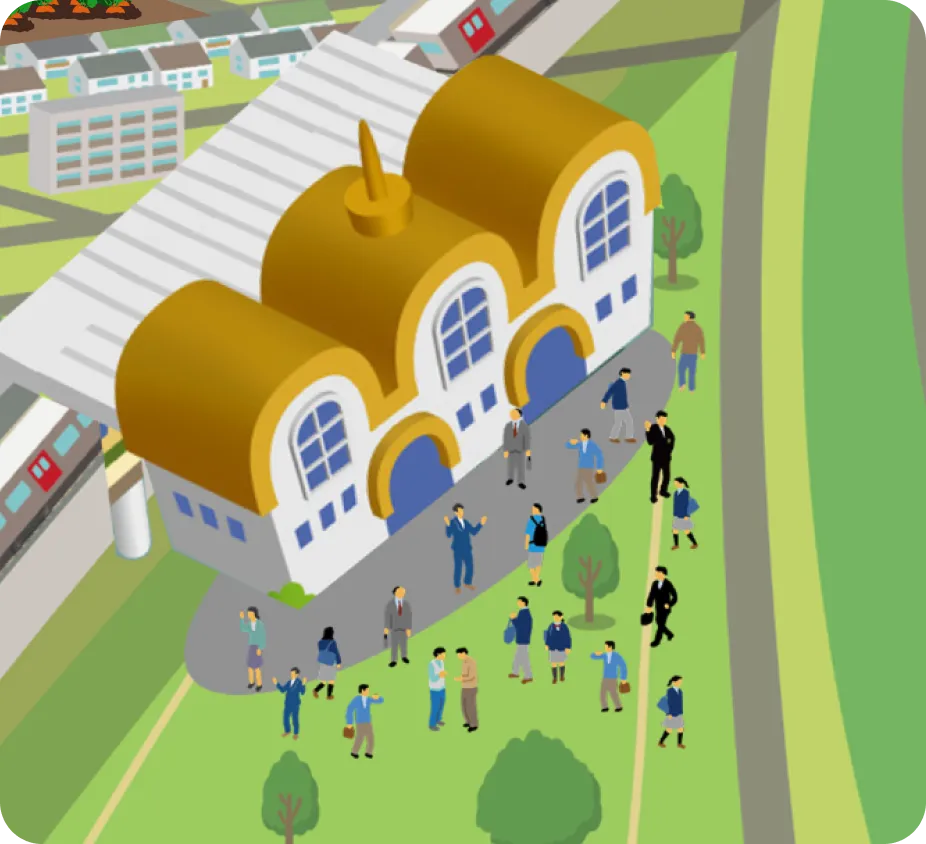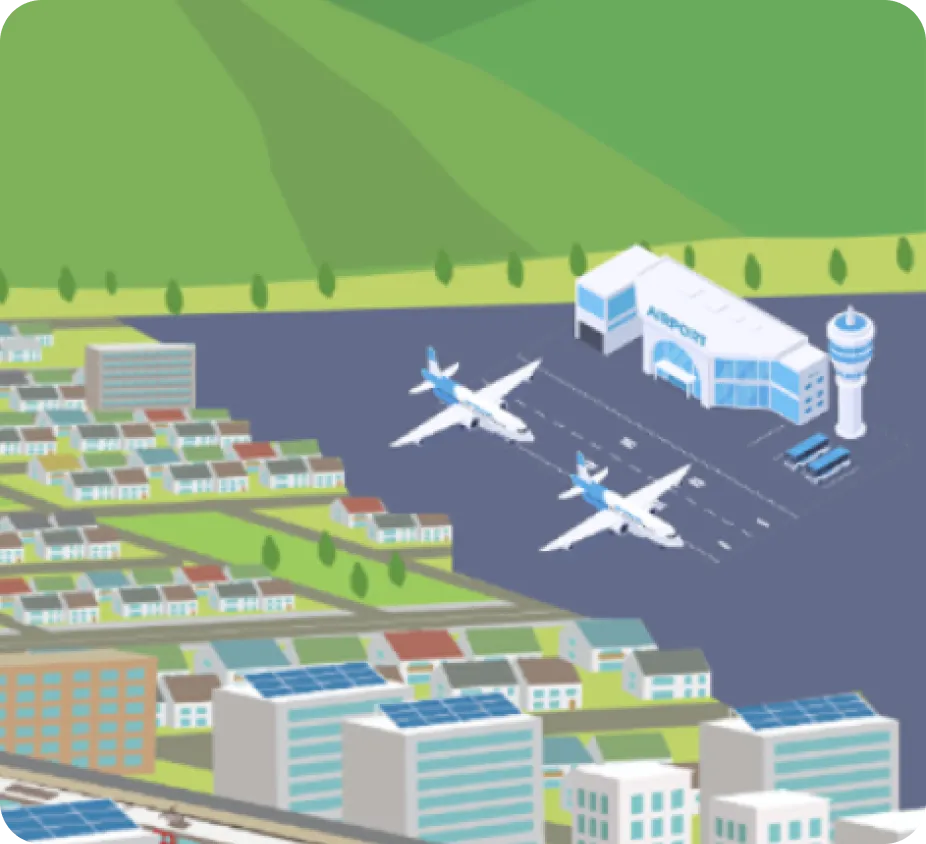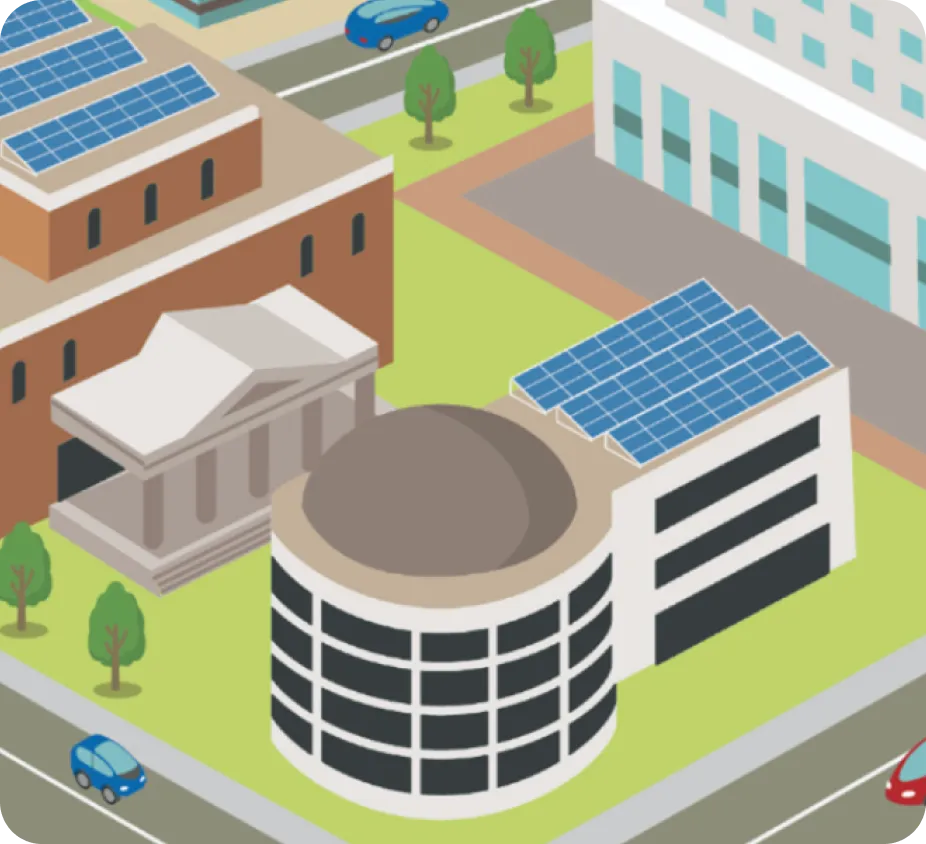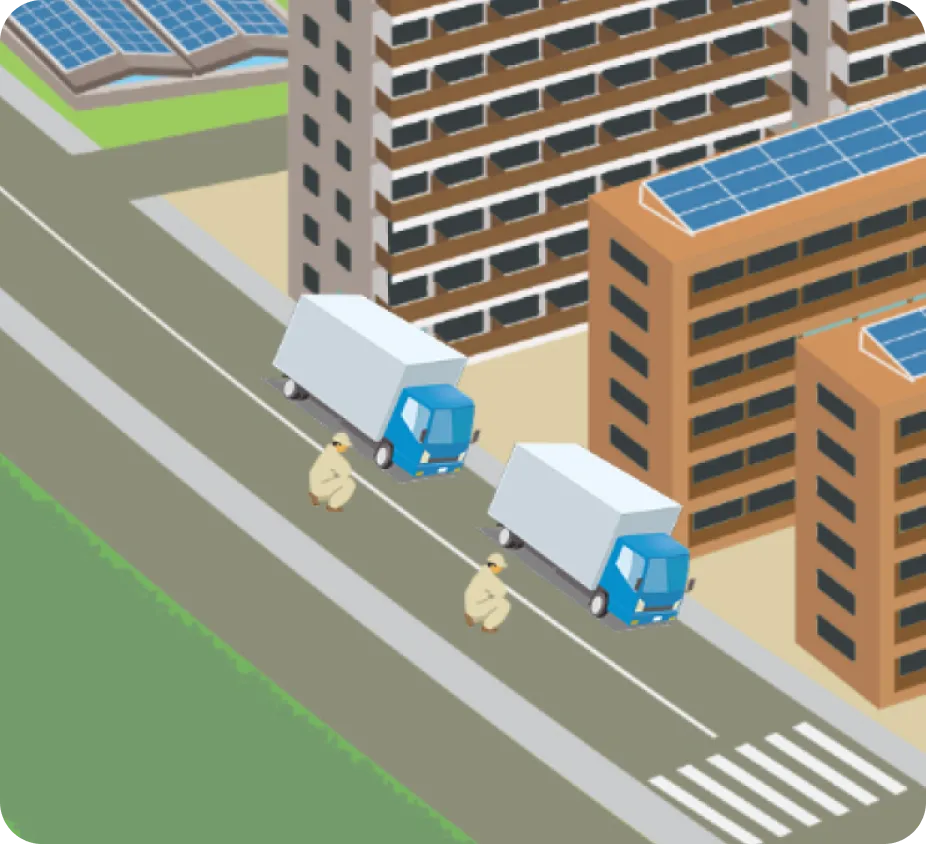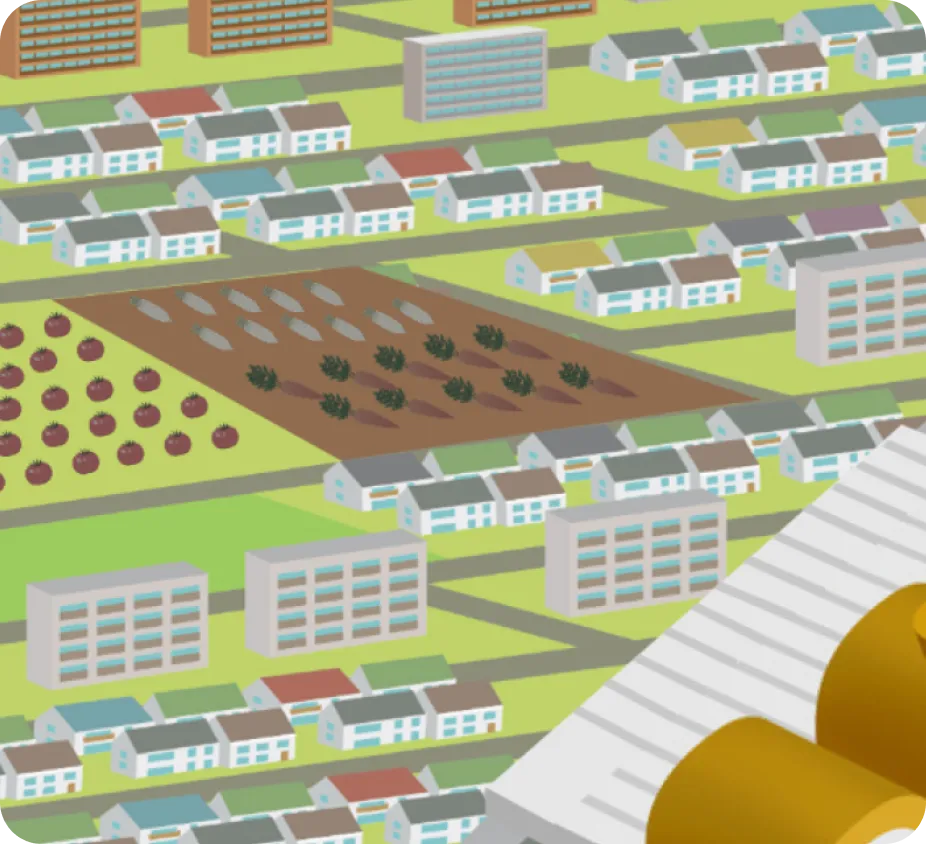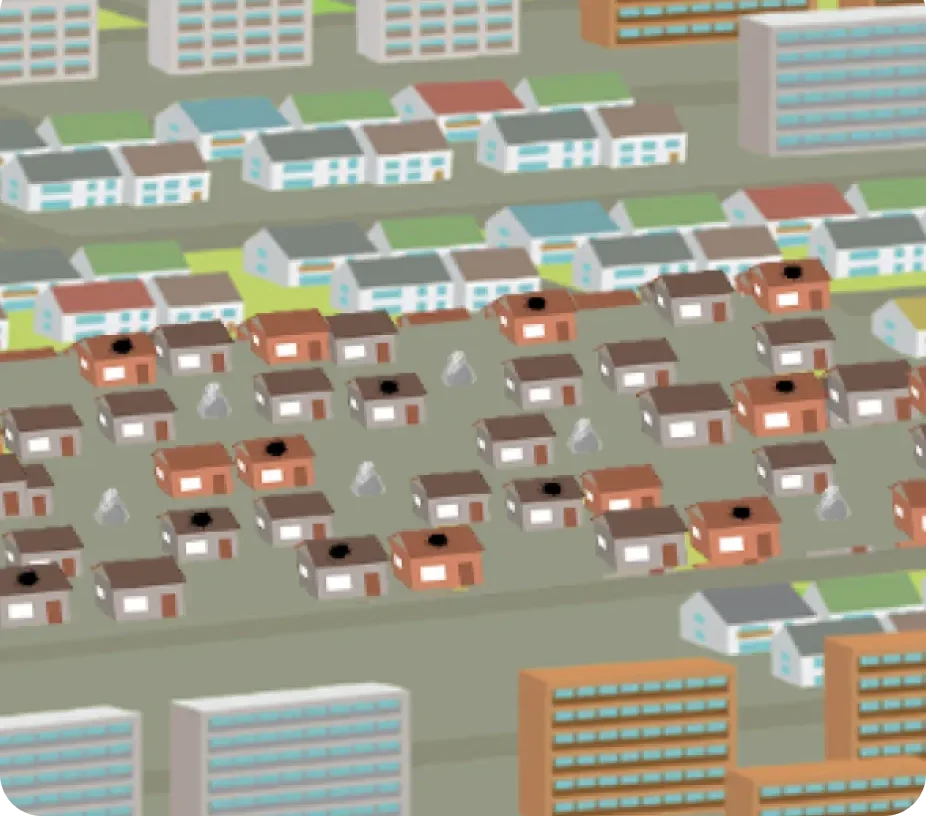ホーム » What are the effects of ashfall?

What are the effects of ashfall?

What are the effects of ashfall?
This page uses videos and maps to show the impacts of ashfall, based on the report “Countermeasures against wide-area ashfall in the event of a large-scale eruption – Impacts and countermeasures of ashfall in the Tokyo metropolitan area – Using the eruption of Mt. Fuji as a model case (Report),” which publishes the impacts on various sectors using the eruption of Mt. Fuji as a model case.
*In April 2020, the Working Group on Measures to Prevent Wide-Area Ashfall in the Event of a Large-Scale Eruption (Central Disaster Prevention Council Disaster Prevention Measures Executive Committee) published a report.
*Please see the report of the Working Group on Measures to Prevent Wide-Area Ashfall in the Event of a Large-Scale Eruption here (Cabinet Office Disaster Prevention Information page).
Learn and discover through videos
Image map of ash fall damage
Main effects of ashfall

Transportation infrastructure
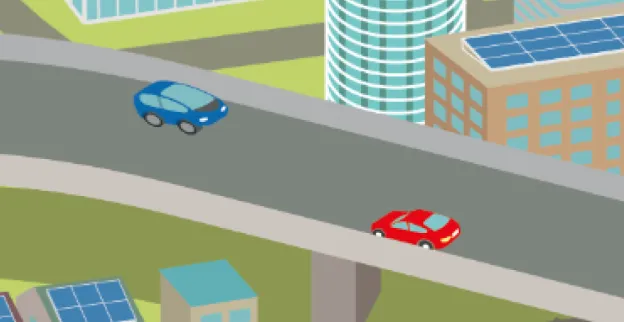
- Ashfall of 10cm or more in dry conditions, or 3cm or more in rain conditions, will make two-wheel drive vehicles impassable.
- Even if the level is below this value, safe passage will be difficult due to poor visibility, and speeds will be reduced and congestion will occur due to increased traffic volume caused by volcanic ash on the roads and train halts.
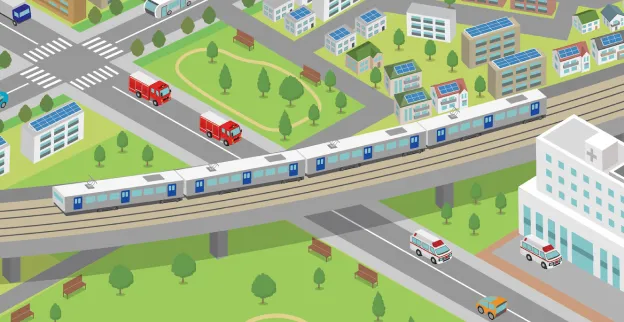
- Ground service was suspended due to small amounts of ashfall.
- Even on lines that are mostly underground, service suspensions and reduced transport volumes have occurred due to increased demand and shortages of vehicles and workers.

- During ashfall, service may be suspended due to poor visibility.
- Porous volcanic ash floating on the ocean surface may be causing blockages in cooling pipes and engine filters.
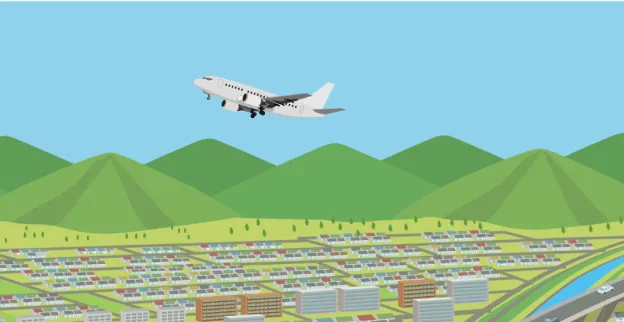
- If ashfall reaches 0.4 mm or more, removal of ash from runways and other areas will be considered, and if it reaches 2 mm or more, ash removal will be required and the runway will be unusable until the ash removal work is carried out.
- Aircraft must be detouring in airspace where volcanic ash is present in the atmosphere.

Lifeline
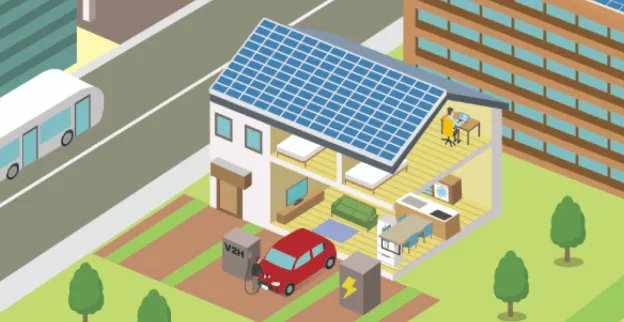
- When ash falls during rainfall of 3 mm or more, power outages can occur due to a decrease in the insulation of insulators (devices that support electrical wires, etc.).
- Ash fall of several centimeters or more will result in a decrease in power generation at thermal power plants due to the need to change air intake filters more frequently.
- If the drop in power supply is so significant that necessary supply capacity cannot be secured even through measures such as reducing demand and sharing power, a power outage will result.
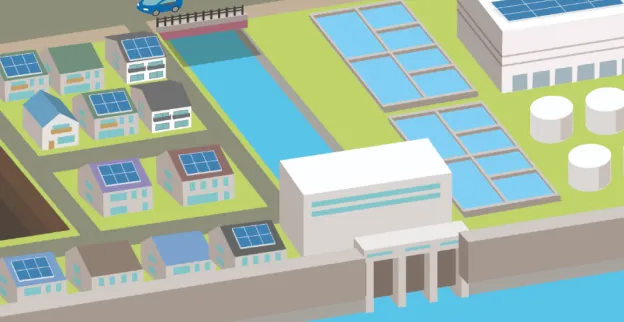
- When volcanic ash falls on rivers and other bodies of water, water quality will deteriorate, and water purification plants that are heavily affected by the ashfall are at risk of exceeding water quality standards.
- If water purification plants and water supply stations in areas experiencing a power outage run out of fuel for their private generating equipment, this will cause disruptions to the water supply.
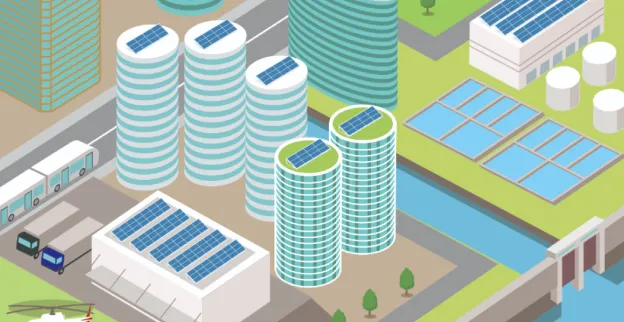
- During rainfall, clogged sewer pipes cause rainwater to overflow from upstream of the blockage.
- If the emergency power generation equipment at treatment facilities and pumps in the power outage area runs out of fuel, the use of the sewer system will be restricted.
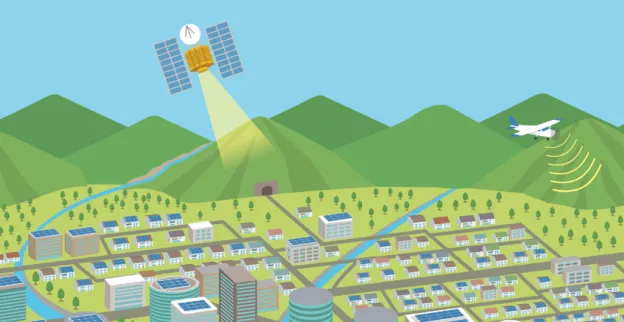
- Immediately after the eruption, telephone lines became congested due to an increase in the number of users.
- If volcanic ash adheres to communication antennas of base stations and other facilities during rainfall, communications will be disrupted.
- If emergency power generation equipment at base stations and other facilities in areas affected by a power outage runs out of fuel, communications disruptions will occur.

Building
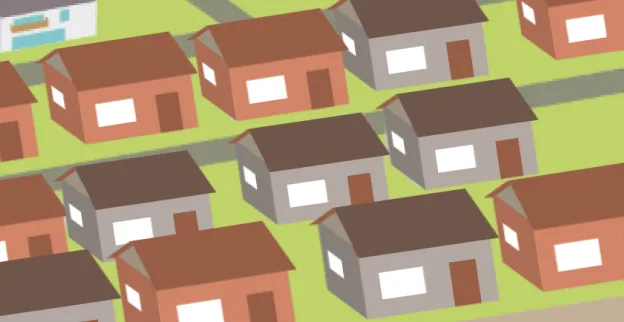
- When rainfall accumulates to a thickness of 30cm or more, wooden houses may collapse under the weight of volcanic ash.
- Large buildings with wide spans and gently sloping roofs, such as gymnasiums, may be damaged if they exceed the snow load.
- Accumulation thickness of 5cm or more can cause malfunctions in the outdoor unit of air conditioning equipment.

Health (physical)

- Volcanic ash is finely sharp and can be irritating if it gets into your eyes, and rubbing it can cause scratches on the surface of your eye.
・Foreign body sensation in the eye
・Eye pain, itchiness, redness
・Sticky eye discharge
・Tears
・Corneal scratches
・Conjunctivitis, redness, stinging, etc.

- Volcanic ash is made up of fine particles, so if inhaled in large quantities, it can cause problems in the nose and throat, and can worsen respiratory diseases.
・Sore nose and throat
・Chest tightness
・Coughing fits
・Wheezing and shortness of breath

- Volcanic ash can be sticky and cause skin irritation if it comes into contact with the skin.
・Discomfort due to adhesions
・Skin pain and swelling
・Secondary infection from scratches

Others

- The suspension of train services and the resulting congestion on roads will cause people to be stranded temporarily and make it difficult to travel to and from work or home.
- Due to road traffic disruptions, transportation is limited to walking.
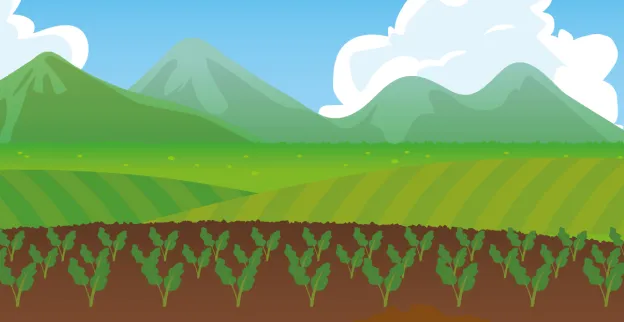
- This can result in a decline in the commercial value of agricultural crops and make them unharvestable.
- Ashfall of 10cm or more during rainfall can cause forest trunks to break, leading to stunted growth and death of trees.
- This could have an impact on fishery catches and aquaculture.

- In areas with large populations or where people are temporarily stranded, even a small amount of ashfall can cause food, drinking water, and other supplies to sell out due to hoarding.
- If transportation is disrupted, it will be difficult to obtain daily necessities due to difficulties in delivering supplies and in store operations.

















